If Twitter killed Vine, Wall Street was the accomplice
Why murder a service with 200 million users?
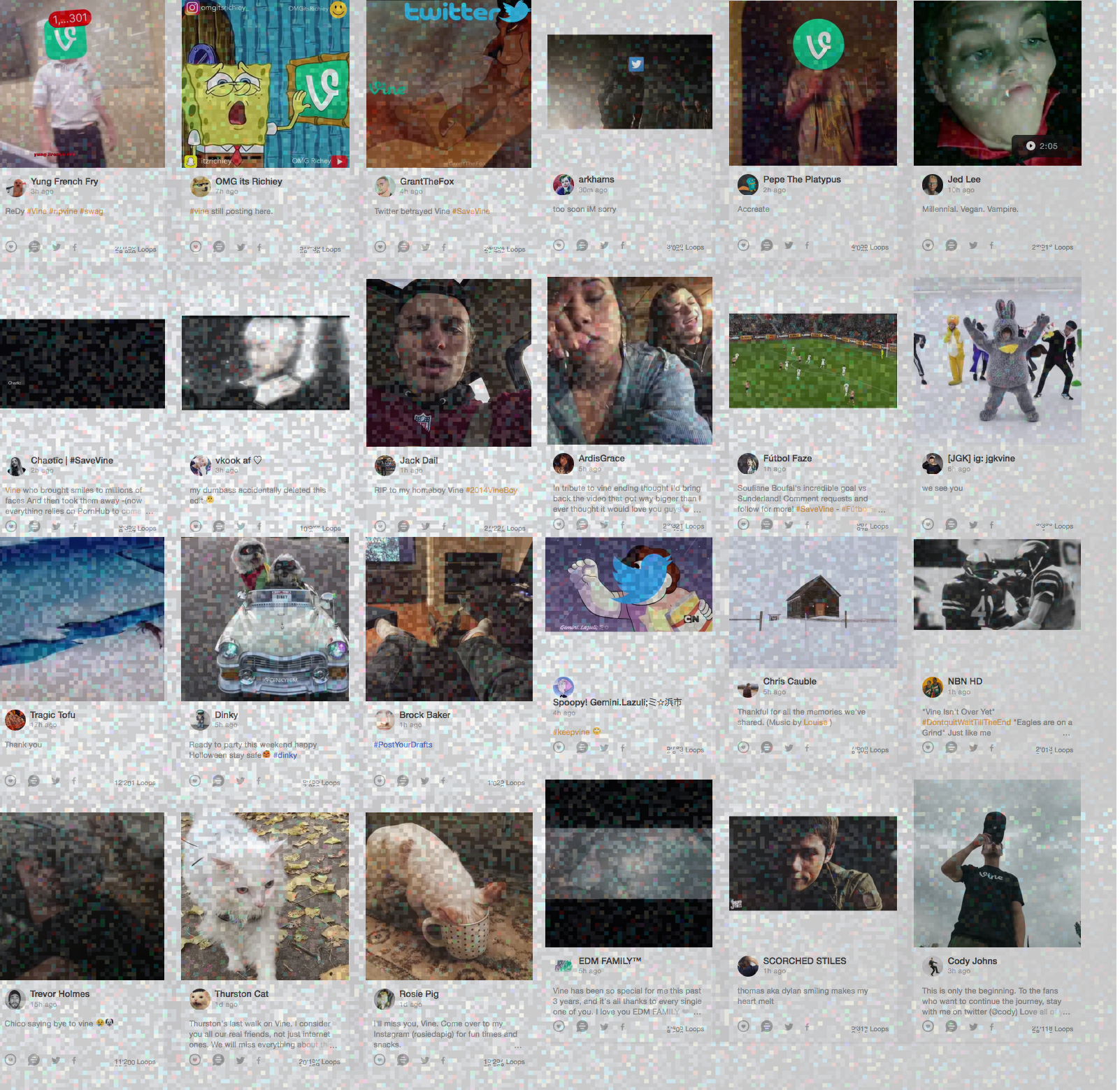

Vine is dead. A little over three years after it burst onto the scene, the oddball app that featured nothing but six-second videos is shutting down. The announcement last Thursday — from Twitter, Vine's parent company — said the videos (or "Vines") already produced aren't going anywhere. But there won't be any more of them.
Certainly, primary responsibility for this decision rests on Twitter itself. But if this was a murder investigation, you could charge Wall Street as an accomplice.
Vine developed something of a beloved following over its brief life. The weird limitations of the platform's format actually inspired a wealth of creativity, as musicians figured out how to time loops precisely for the six-second limit, comedians figured out how to build the perfect six-second joke, and each experiment bred new experiments. "Most important, the engines of this creativity were groups poorly served by, and often shut out from, mainstream cultural creation and consumption," Brian Feldman observed at New York. "Vine wasn't just dominated by teenagers — it was dominated by teenagers of color."
The Week
Escape your echo chamber. Get the facts behind the news, plus analysis from multiple perspectives.

Sign up for The Week's Free Newsletters
From our morning news briefing to a weekly Good News Newsletter, get the best of The Week delivered directly to your inbox.
From our morning news briefing to a weekly Good News Newsletter, get the best of The Week delivered directly to your inbox.
And it's important to note that despite its seeming niche status, Vine was never tiny: About 200 million people across the internet still watch Vines every month, and the daily offering of Vines is north of 1.5 billion.
But Twitter never figured out how to monetize this sizable, passionate audience. One major problem was that, unlike Twitter's promoted tweets or Snapchat's geofilter, Vine never featured a powerful tool for advertisers. So ad campaigns looking to create sponsored Vines or some other way to market their brands on the platform had to work directly with individual Vine creators to make it happen. Once Snapchat, Facebook, and Instagram began pouring their own resources into video, Vine's comparatively cumbersome product became even less attractive to advertisers. So they fled to greener pastures, and the most prolific Vine creators looking to make money off their work soon followed.
As of March of this year, the top 10 accounts on Vine were posting 29 percent fewer videos than they were the year before. Back in mid-2015, Vine was in the top 50 apps overall; now it's around 200th.
If this sounds familiar, it's because Vine's fall has mirrored that of its parent company. Twitter bought Vine a few months after the video app's creation in June 2012, and the platform has only struggled since: Twitter's user and revenue growth has slowed to a bare crawl in the last two years. And it's only getting worse: The company's revenue gain in the third quarter this year was the smallest it has ever posted.
A free daily email with the biggest news stories of the day – and the best features from TheWeek.com
This downward trajectory is a major problem for Wall Street, which ultimately controls the company's fate. Twitter went public in late 2013, so it has to answer to Wall Street stockholders who want big returns. And of course, those stockholders include Twitter's upper management, who are hoping to sell off Twitter to a larger company for a big payday.
The problem is that, like Vine, Twitter does a relatively specific thing for a specific audience. There's nothing wrong with that, but it does put something of a cap on Twitter's users, and the platform seems to be bumping up against its limit. While Twitter is probably sustainable as is, it will never rival the reach or value of other platforms like Facebook. But Wall Street won't accept Twitter's limitations, and the pressure has produced something of an identity crisis for the company, as its tries bigger and bigger gambles to become less Twitter-like. Most recently, it has dabbled in livestreaming, with a $10 million deal with the National Football League to broadcast games, and another deal with Bloomberg to broadcast the U.S. presidential debates.
Twitter executives seem excited that the company's changes could bring the new users Wall Street craves. But the retooling means Twitter will need to lose those parts of itself that — by Wall Street's metrics — are deadweight. So Twitter cut 9 percent of its workforce — 350 jobs, mostly in sales, partnerships, and marketing. And it shut down Vine as well. "If Vine was housed inside a company that was growing at 30 percent a year… it would have survived," Scott Galloway, a marketing professor at New York University, told the Wall Street Journal.
But a different route was arguably possible. Twitter could have simply accepted that it does what it does, and aimed for financial stability with the user base it already has, through changes like tiered charging for users with the biggest followings. "Save Twitter the service, not Twitter the wealth-maximization vehicle," as Vox's Matt Yglesias described the strategy. Given the loyalty it inspired, Vine clearly could have played a role, helping cultivate a loyal and dedicated user base for Twitter.
Instead, Twitter listened to Wall Street and shut down Vine. And in many ways, the logic of this process was set in motion long before, when Vine co-founders Rus Yusupov and Dom Hofmann sold their company to Twitter for $30 million in the first place. They were initially brought into the Twitter fold after the deal, but by the end of 2015 they were both out. Now it sounds like they harbor some regrets: "Busting out the bourbon," Hoffman wrote in response to the news of Vine's demise.
Or, as Yusupov put it, even more bluntly: "Don't sell your company!"
Jeff Spross was the economics and business correspondent at TheWeek.com. He was previously a reporter at ThinkProgress.
-
 The pros and cons of noncompete agreements
The pros and cons of noncompete agreementsThe Explainer The FTC wants to ban companies from binding their employees with noncompete agreements. Who would this benefit, and who would it hurt?
-
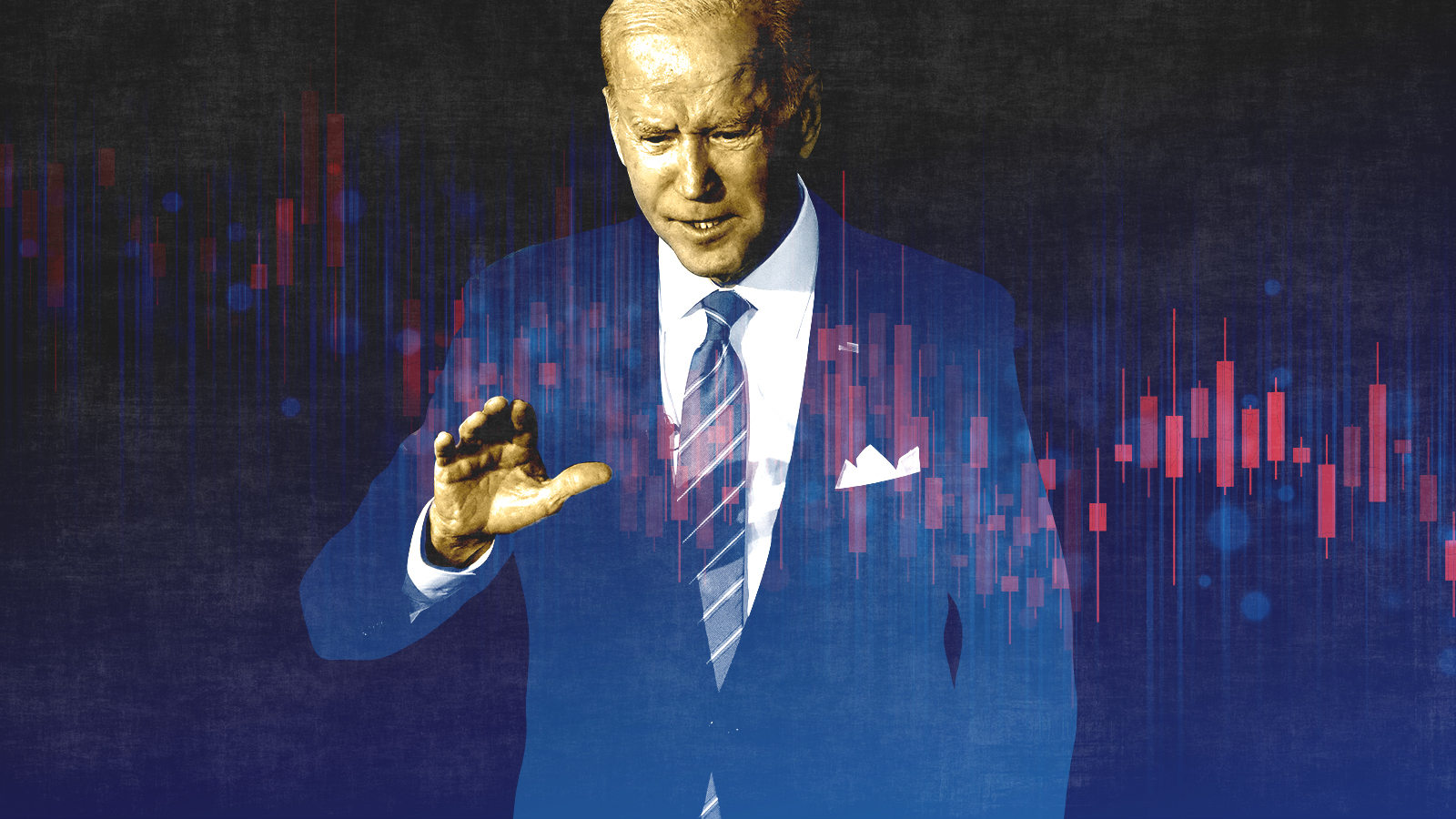 What experts are saying about the economy's surprise contraction
What experts are saying about the economy's surprise contractionThe Explainer The sharpest opinions on the debate from around the web
-
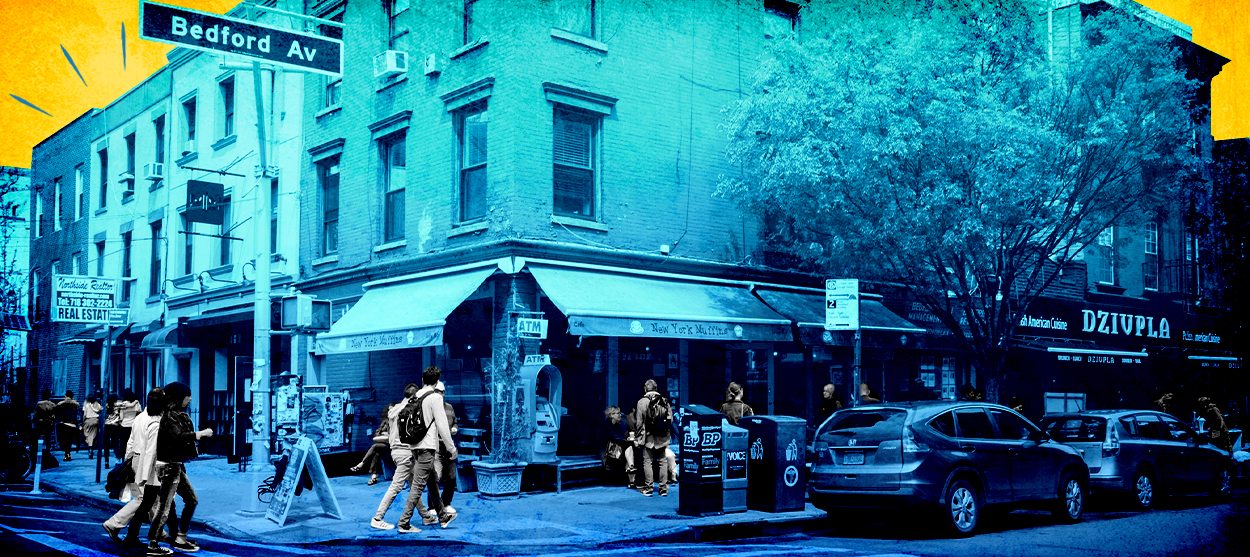 The death of cities was greatly exaggerated
The death of cities was greatly exaggeratedThe Explainer Why the pandemic predictions about urban flight were wrong
-
 The housing crisis is here
The housing crisis is hereThe Explainer As the pandemic takes its toll, renters face eviction even as buyers are bidding higher
-
 How to be an ally to marginalized coworkers
How to be an ally to marginalized coworkersThe Explainer Show up for your colleagues by showing that you see them and their struggles
-
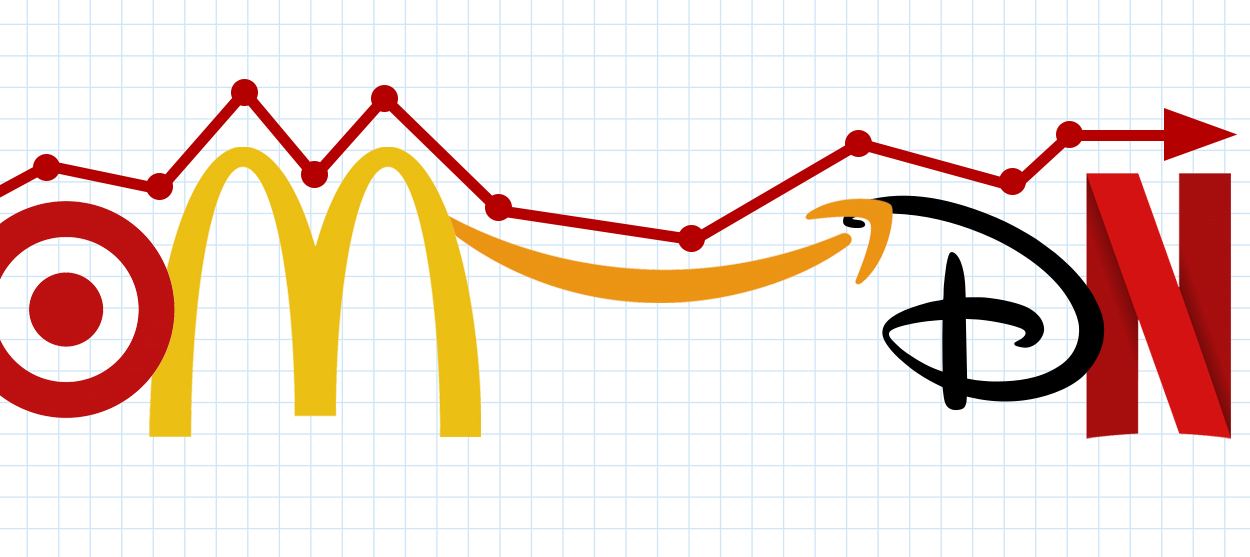 What the stock market knows
What the stock market knowsThe Explainer Publicly traded companies are going to wallop small businesses
-
 Can the government save small businesses?
Can the government save small businesses?The Explainer Many are fighting for a fair share of the coronavirus rescue package
-
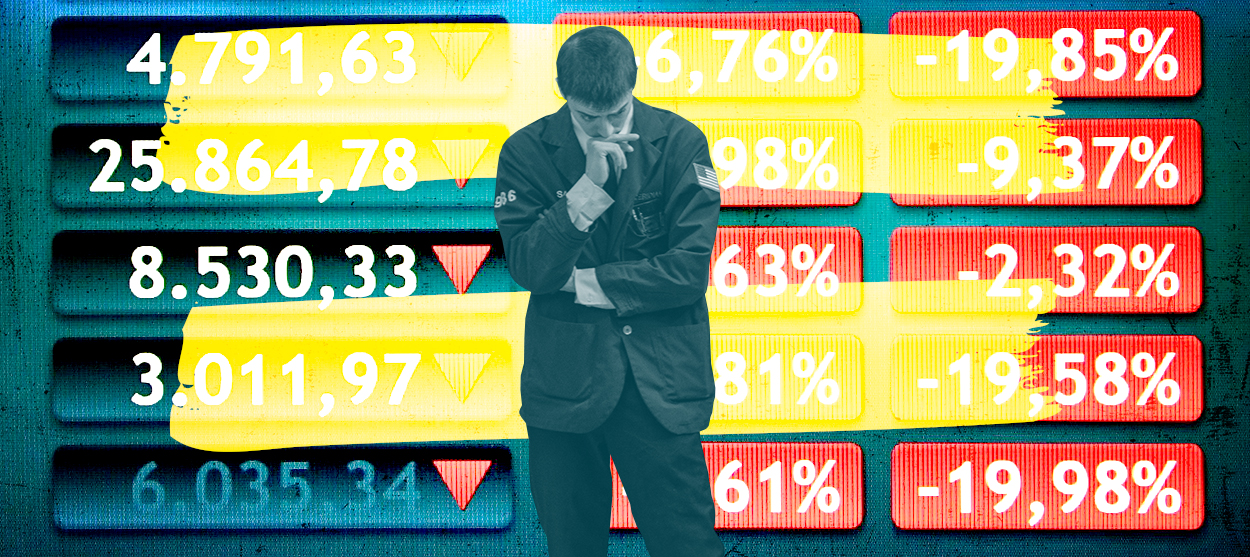 How the oil crash could turn into a much bigger economic shock
How the oil crash could turn into a much bigger economic shockThe Explainer This could be a huge problem for the entire economy



